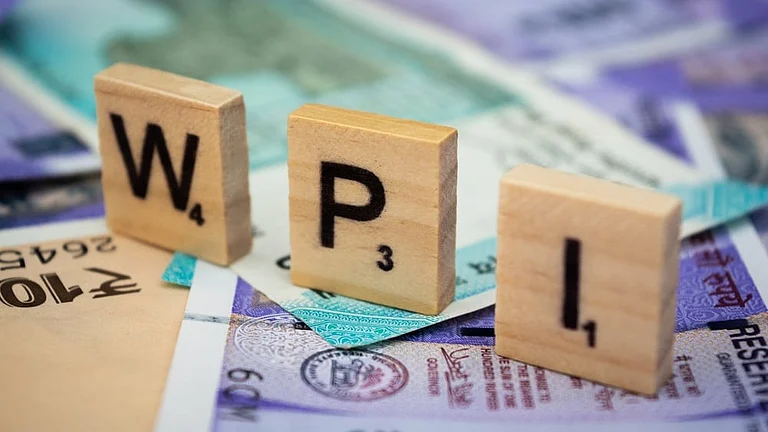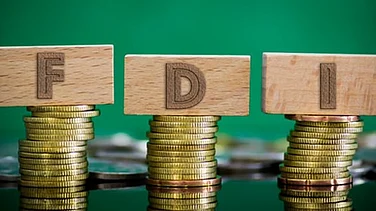During the fiscal year 2022-23, the average monthly expenditure for an individual in rural areas amounted to Rs 3,773, while in urban regions, it stood at Rs 6,459, according to the summary results of the Household Consumption Expenditure Survey (HCES) released by the National Sample Survey Office (NSSO) for the year, on Saturday.
These results are of significance as they represent the first set of consumption data released by the government after the 2011-12 Consumption Expenditure Survey (CES).
Specifically, the average monthly allocation for food expenses among rural and urban dwellers amounted to Rs 1,750 and Rs 2,530, respectively. Adjusted for 2011-12 prices, the average monthly outlay for rural and urban inhabitants has risen from Rs 1,430 and Rs 2,630 in 2011-12 to Rs 2,008 and Rs 3,510 in 2022-23. Notably, the top 5 per cent individuals in rural and urban settings exhibit significantly higher spending, averaging at Rs 10,501 and Rs 20,824 per month, respectively.
Another noteworthy trend is the sustained decline in the significance of food expenditure within household budgets. In 2011-12, food consumption accounted for 52.9 per cent and 46.2 per cent of total spending among rural and urban households, respectively. These proportions have fallen to merely 46.4 per cent and 39.2 per cent in 2022-23, marking it as the first instance where the number fell below 50 per cent in rural India. On contrary, share of expenditure on conveyance both in urban and rural areas experienced a sharp increase, making it the largest non-food sub-category.
Economist at IDFC First Bank, Gaura Sen Gupta attributes the trend to an increase in the Monthly Per Capita Consumption Expenditure (MPCE) and a shift towards higher expenditure on conveyance and durable goods. “The recently released data shows that household expenditure on non-essential items continue to rise as per capita incomes increase. Household MPCE on non-food items now constitute 53.6 per cent share in rural areas versus 47.1 per cent in FY12. In urban areas the share of expenditure on non-food items, has also risen but more moderately to 60.8 per cent in FY23 versus 57.38 per cent in FY12,” she says.
The press release issued by NSSO has provided data on rural and urban MPCE levels spanning from 2009-10 to 2022-23, revealing a consistent upward trajectory during the tenure of the Narendra Modi government, but not stating the methodology used. Yet, an analysis suggests that data has been adjusted to 2011-12 prices using the Consumer Price Index (CPI) for rural and urban areas. Furthermore, the data shows a slowdown in consumption growth under Modi’s rule, but the fact that these figures would have been negatively affected by the pandemic has to be considered.
Much Needed
Given the absence of official income statistics in India, the CES data holds paramount importance, serving as the primary source not only for insights into consumption expenditure but also for gauging poverty levels and household inequality across the nation. Furthermore, CES data plays a pivotal role in updating key economic indicators such as the GDP series and the inflation basket in the country. At present, these indicators remain anchored to the 2011-12 CES, underscoring the significance of an updated CES data in shaping economic policy and analysis.
Former chief statistician of India, Pronab Sen in an interview with Outlook Business last year said the absence of this data was impacting the accuracy of CPI and GDP. “The problem is we cannot change the CPI until we have the consumer expenditure data. That is already 12 years old. We are already way off as it should be revised at least in 5 years. The GDP is even more complex. You need consumer expenditure data but then you need a whole bunch of other survey data to be able to do a GDP based conditioning. That is more problematic, but let us just get the consumer part of it, because that is needed for both,” the statistician had noted.
Economist at Emkay Global, Madhavai Arora also believes the data will be helpful in revising the CPI. “The survey will finally pave way to revise the existing CPI weights as per the new consumption template of rural and urban households. However, there is still some time before the CPI series can be updated.”
On when the overhaul can be expected, Arora says, “Back-to-back surveys need to be completed before the CPI index can be overhauled. The second survey will only be completed in July 2024. And accounting for time lag to compile results and make appropriate changes, the new CPI series could take another one year from then.”
The release of the data also comes at a time when economists are attributing weak consumption and demand as a major reason behind the tepid investments by the private-sector in India. However, NSSO, which typically releases the full report with unit-level data, has only released the summary statistics on which a comprehensive analysis is not possible. The data is only good enough to draw comparisons between the consumption expenditure growth under the Modi Government and its predecessors ahead of the Lok Sabha elections this year, due to which the timing of the release of this half data can be questioned.
It was in 2017-18, when the NSO carried out a CES, whose findings however, were disregarded by the government following a leak prior to official release, a decision that drew widespread criticism from independent economists. The government cited data quality issues as the official rationale for discarding the CES results. Nevertheless, leaked findings from the CES then indicated a decline in average consumption in real terms compared to the 2011-12 period.































